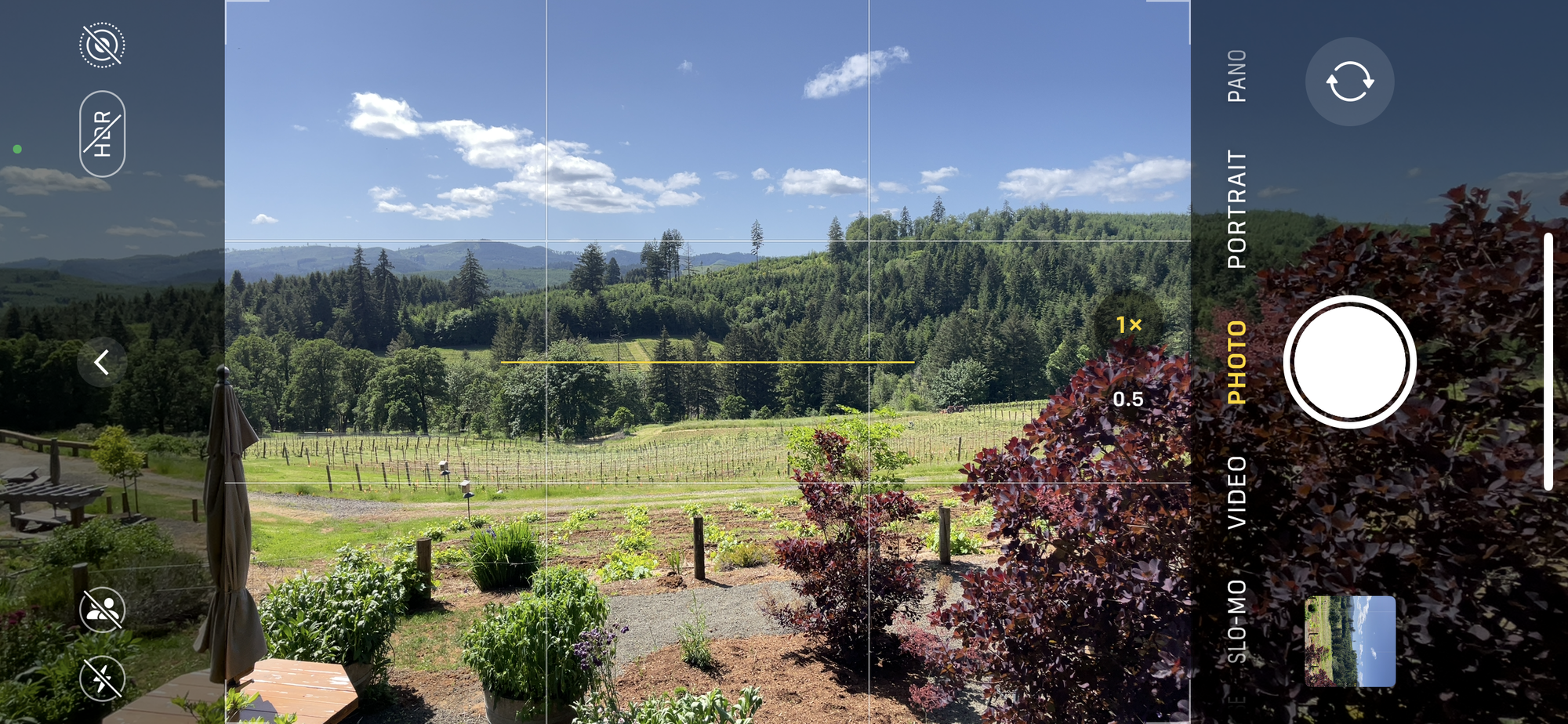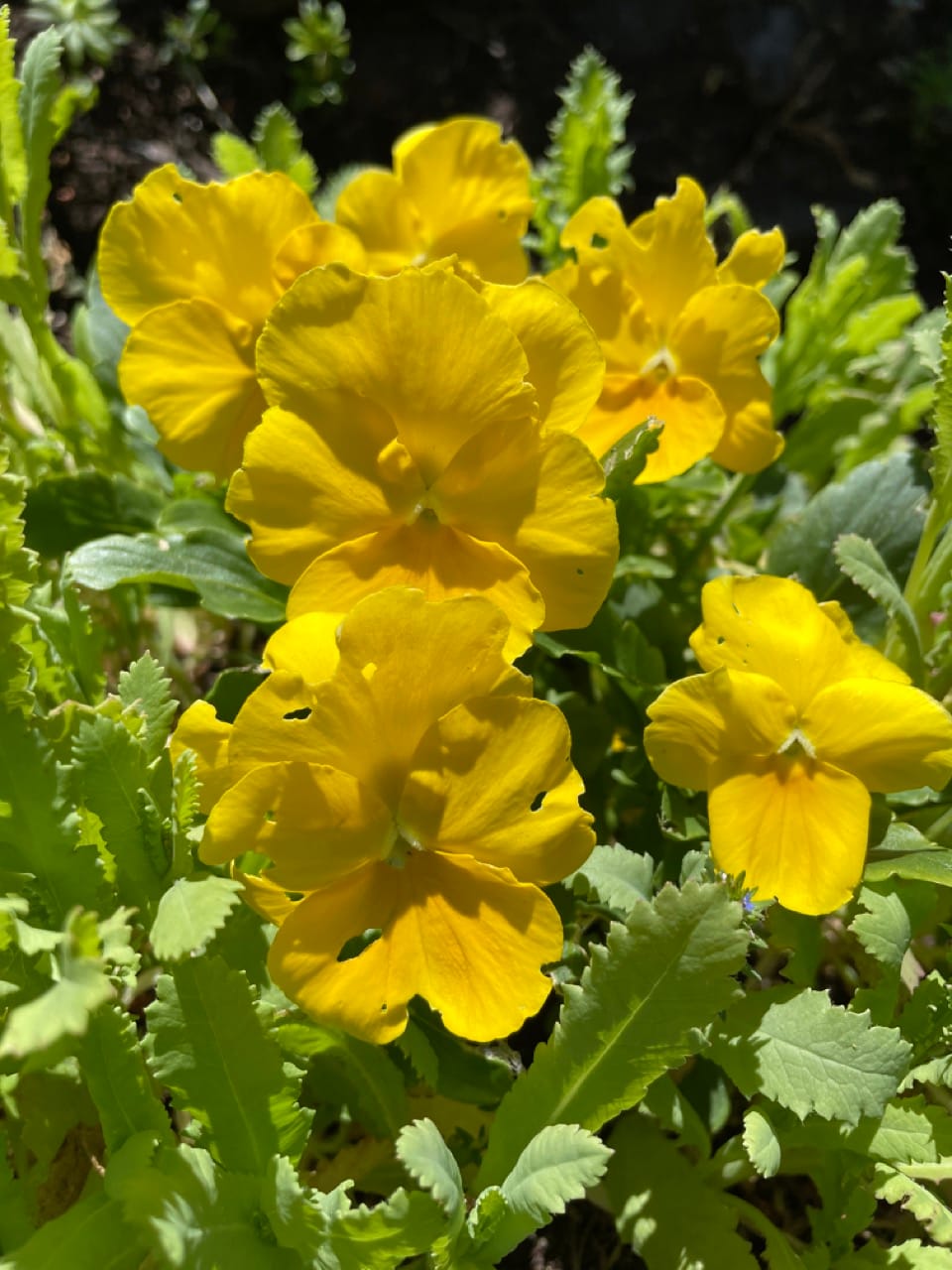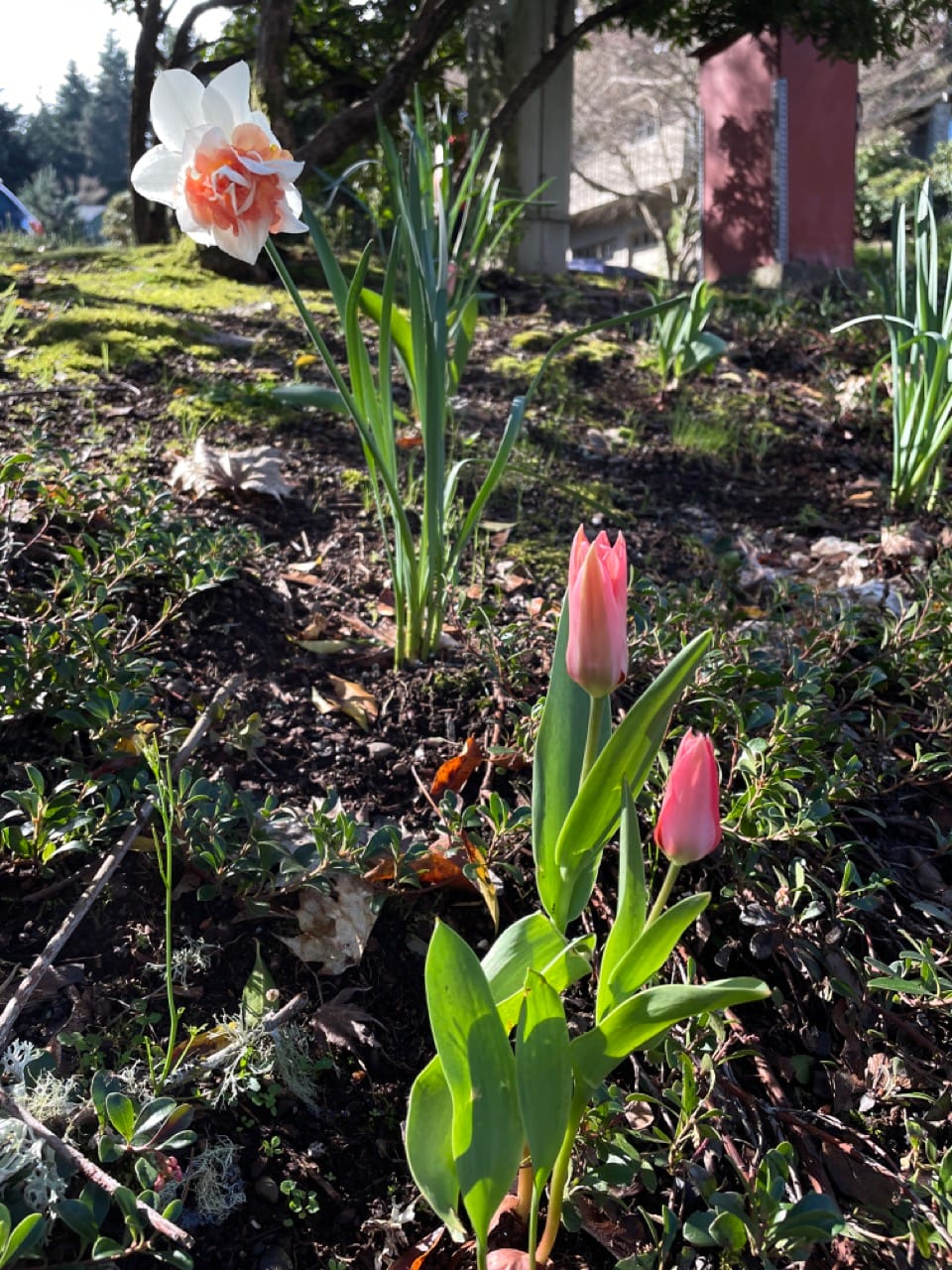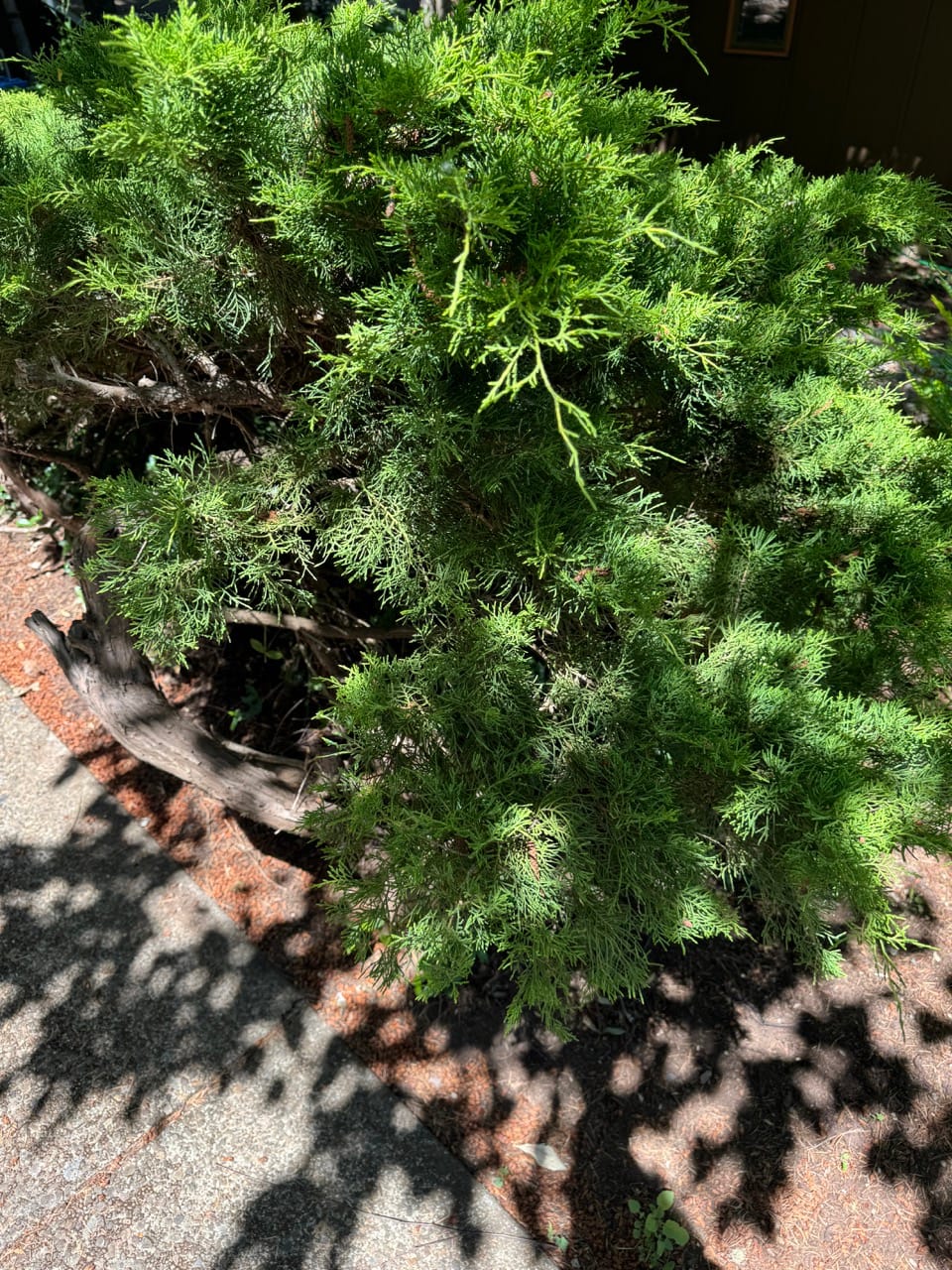How to take a good reference photo


When I shared the big folder of reference photos last month, a question came up in our EDI Live class about how to take pictures that are useful for painting – so, let's dive into that today.
I love using reference photos. They make painting the world, whether representationally or otherwise, so much more accessible for people can't or don't like to paint outside or in public. Even when I am working from a subject sitting on my desk, I'll take a photo at the start to help me decide on an angle and to keep for continuity in case I end up working on the painting over multiple sittings.
Helpful reference photos show the kinds of elements I wrote about in my last post: light and shadow, shape, color, subjects and their positions or ways of overlapping, to name a few. Since this can be a lot to ask of a picture, it's common to use multiple reference photos to get all the information we need.
I use my phone camera to take reference photos. The ones below were taken on either an iPhone 12 or 15. A lot of the photos are of plants, but the principles can be applied to anything.
Things that help
Lighting
Light, and the shadows where it's blocked, do the most to tell us about 3D forms. Directional light, coming in from an angle, is the easiest to interpret. The light and shadow shapes tell us about the form. If the shadows are cast from other objects, it can create confusion.
In this first photo, there is morning light up against the side of these tulips. The petals and the leaves all have clear light and shadow sections determined by how the sun hits their unique 3D form.

In contrast, consider this photo – it's under dappled light coming through another tree, so the shadow patterns, despite looking cool, would be very confusing in a painting.

Here's another set of examples, this time photos of my face. Up first is one where I have cast shadows from a nearby fence and tree, so they don't give much information about the shape of my head, and will likely be quite difficult to paint.

